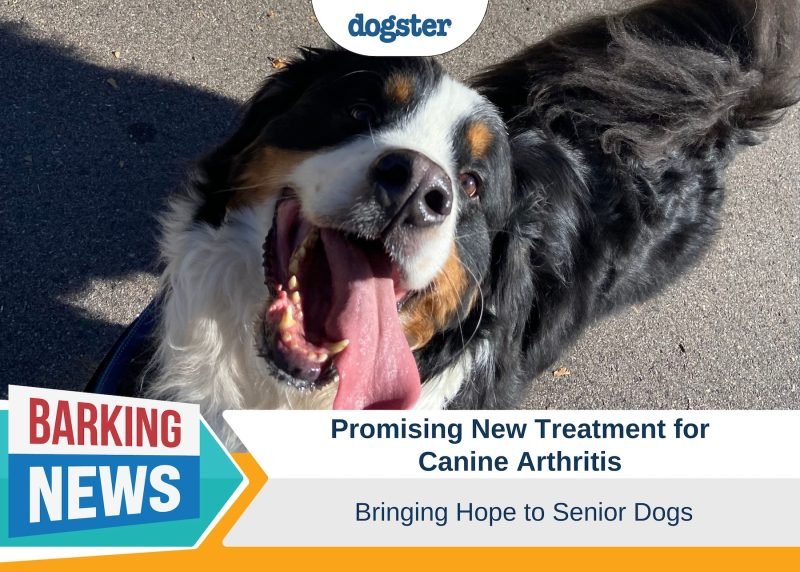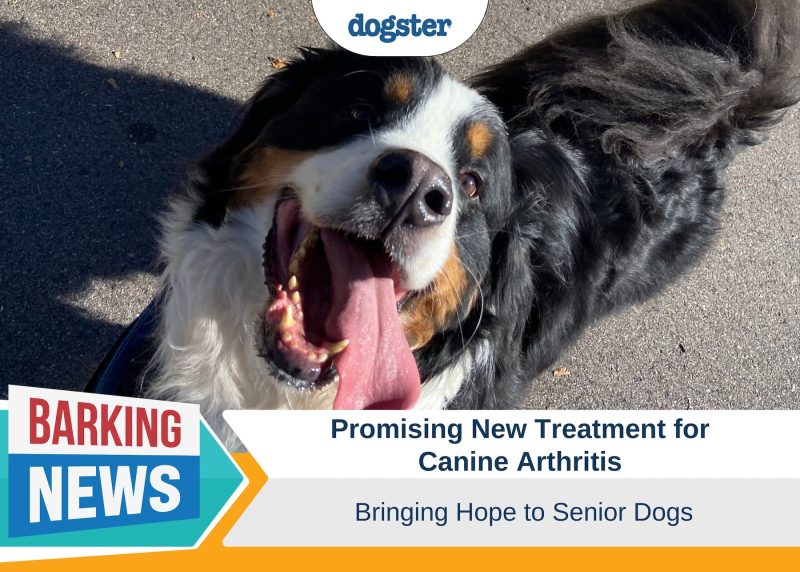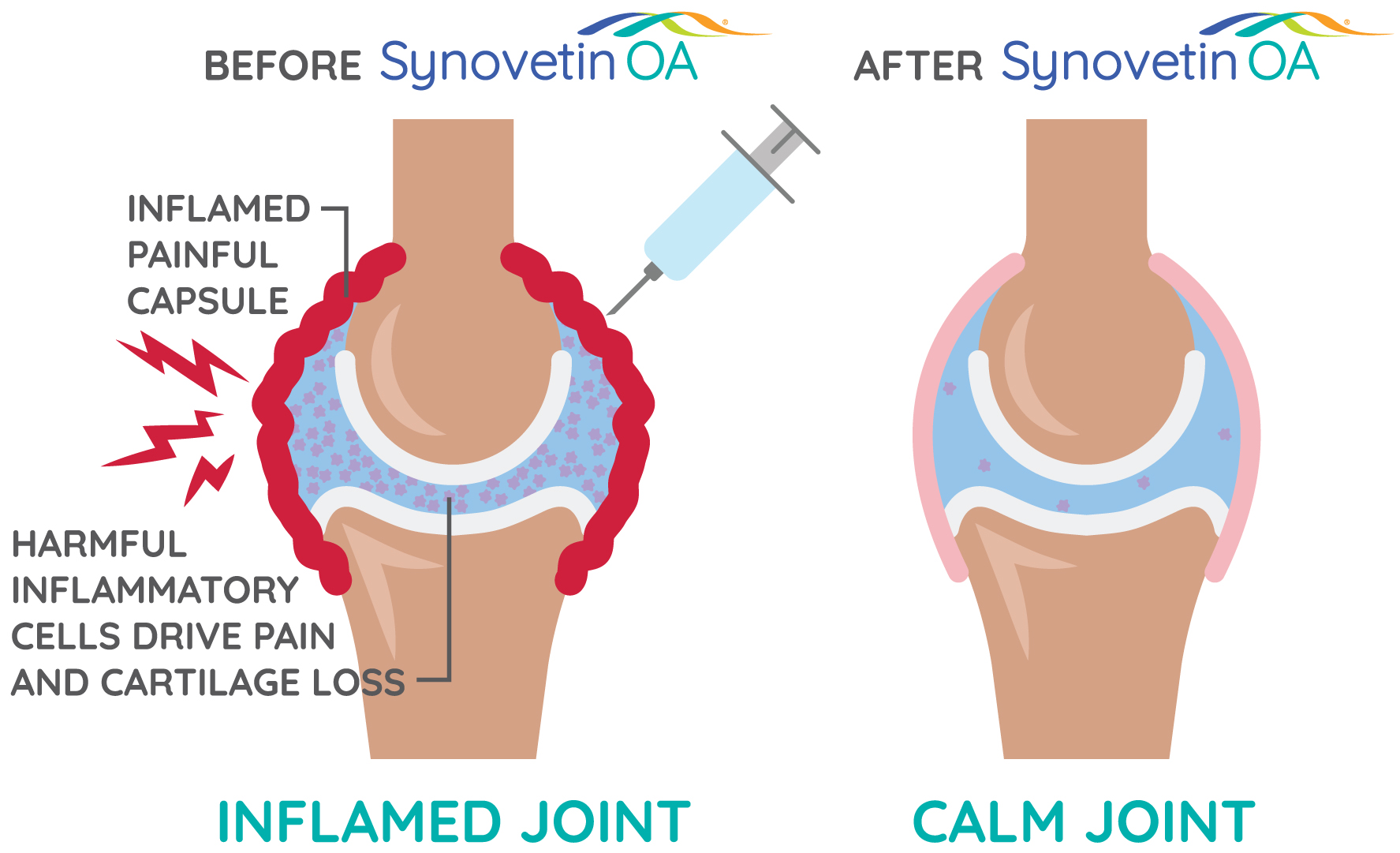

Sadly, arthritis is a common disease among our beloved aging dogs. But there is hope for the owners of senior dogs: there’s a promising new treatment that may help repair dog joints and actually slow or stop the progression of the disease.
According to recently published data, the new treatment, which involves a radioactive isotope, is showing very impressive results. Let’s dive in!
What is Osteoarthritis?
Osteoarthritis (OA) is a progressive, degenerative joint disease that affects many animals, including dogs. Experts estimate that this painful disease affects 20-25% of dogs.
The two main components of osteoarthritis are synovitis and cartilage degradation. Synovitis is the inflammation of the synovial membrane, which is the lining of the joint. This swelling causes the pain and stiffness associated with arthritis. Synovitis is graded on a scale from 0 to 9, with zero being no inflammation and 9 being severe inflammation. Cartilage degradation is the breakdown of cartilage in the joint. Cartilage cushions the ends of bones within your dog’s joints, so when it breaks down, the joints become painful.
Current treatments for OA in dogs largely focus on managing symptoms, like reducing pain, rather than actually slowing the progression of the disease. That’s why this new treatment is so exciting: preliminary results suggest that it can slow or halt the disease’s characteristic degeneration!

Exciting New Treatment
The new treatment, which is currently available under multiple brand names, including Synovetin OA, uses an active ingredient called Sn-117m. Sn-117m is radioactive and has a half-life of 13.9 days. The treatment is injected into the arthritic joint, directly targeting the inflammation.
This is a treatment method called Radiosynoviorthesis (RSO), which was first introduced in the 1950s to treat rheumatoid arthritis in humans. Sn-117m is a new isotope developed specifically to bring this treatment into the veterinary world.

Promising Results
The new research, published in Frontiers in Veterinary Science, includes multiple studies using the new treatment. The initial study was conducted on rats and showed improvements in inflammation and cartilage breakdown. The scientists then conducted a study on dogs with elbow arthritis. After the first injection, dogs showed what the scientists called “durable lameness improvement,” or an improved ability to use their elbows, over 12 months, long past the half-life.
Next, the researchers conducted a reinjection study, which found that an amazing 50% of the dogs showed no disease progression. This suggests that the treatment can potentially halt osteoarthritis in its tracks, preventing the painful degeneration that so many of our dogs have had to endure.
The overall results of the treatment were pretty impressive: a 65% reduction in cartilage degeneration, an 80% reduction in osteophyte growth, and a 73% reduction in the synovitis score. Taken together, these numbers suggest that the treatment is having a serious positive impact on the lives of dogs with OA!
What’s Next?
Although more research needs to be done before Synovetin OA and other similar treatments can be widely available, researchers are hopeful that they will contribute to a major improvement in the quality of life for our older dogs. These treatments may end up being used along with or even instead of the current options. And if you’re dealing with osteoarthritis in your dog, speak to your veterinarian about current and future treatment options that may be able to help.
Featured image: Bennett, a Synovetin OA patient


